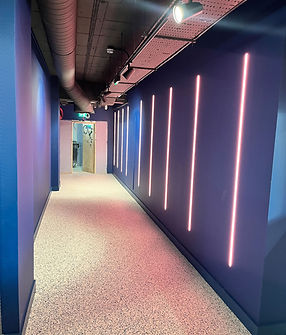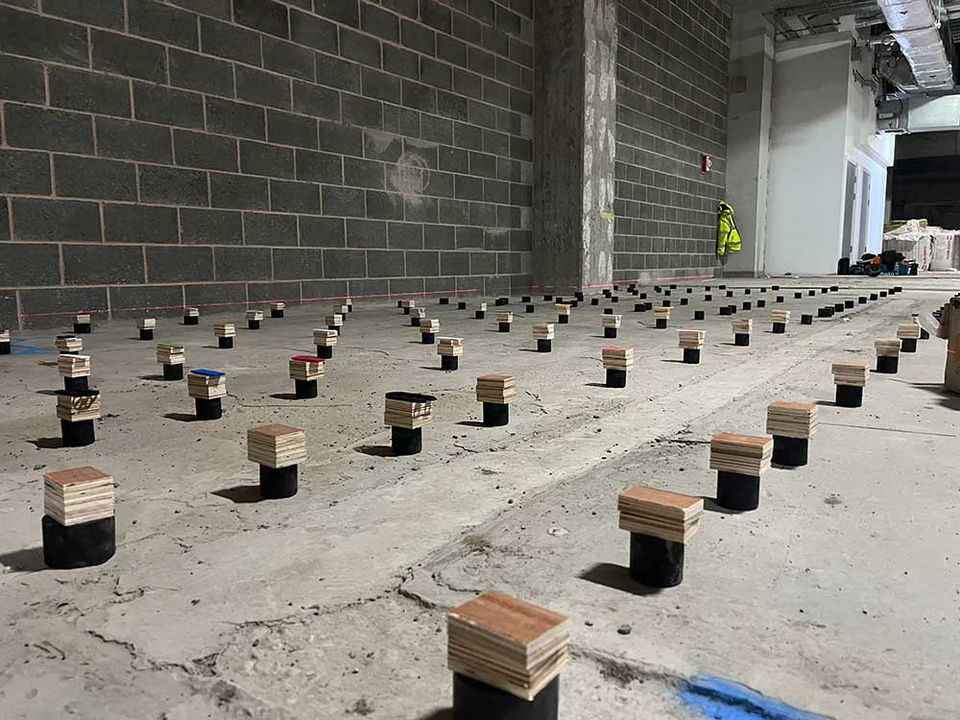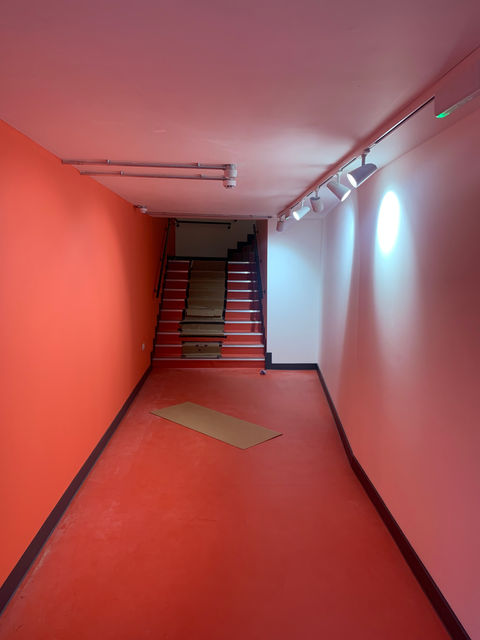
Drylining service
All aspects of drywall and suspended ceilings installation
throughout England
Highest standards of quality workmanship
Superb value for money guaranteed
Trusted business with a superb reputation
Consultative and communicative - always know what’s going on

Why us?
PS Drylining and Interiors provides a range of services for commercial and industrial properties throughout England.
We have a superb reputation and can comfortably handle large-scale projects from planning to completion with ease.
We have qualified, experienced team members who have been with our company for many years. Our focus on high-quality products, precision installation, and competitive prices enable us to deliver the very best services to our clients at all times.

What do we offer?
Drylining
All aspects of drylining:
-
Metal stud/I stud/timber partitioning
-
Metal stud/I stud shaft walls/risers
-
Acoustic wall solutions
-
Tape and joint
-
Plastering
Ceiling solutions
All aspects of ceiling solutions:
-
MF grid
-
Lay in grid
-
Acoustic ceiling systems
-
Suspended MF
-
Suspended Grid
-
Variety of bulkheads
Casements
Various in-casements made of timber or metal construction.
Raised floors
All aspects of raised floors.


.jpg)

















